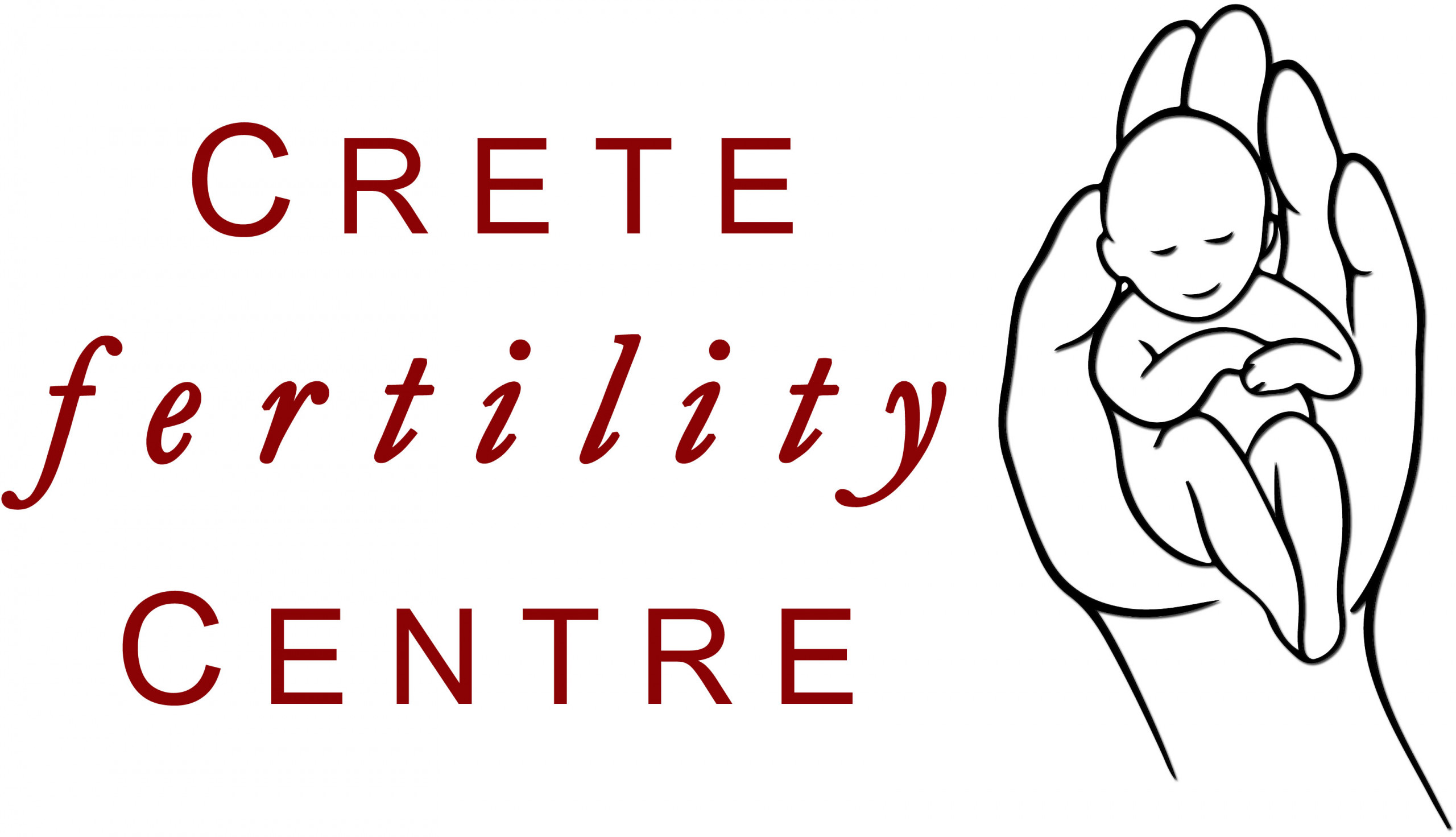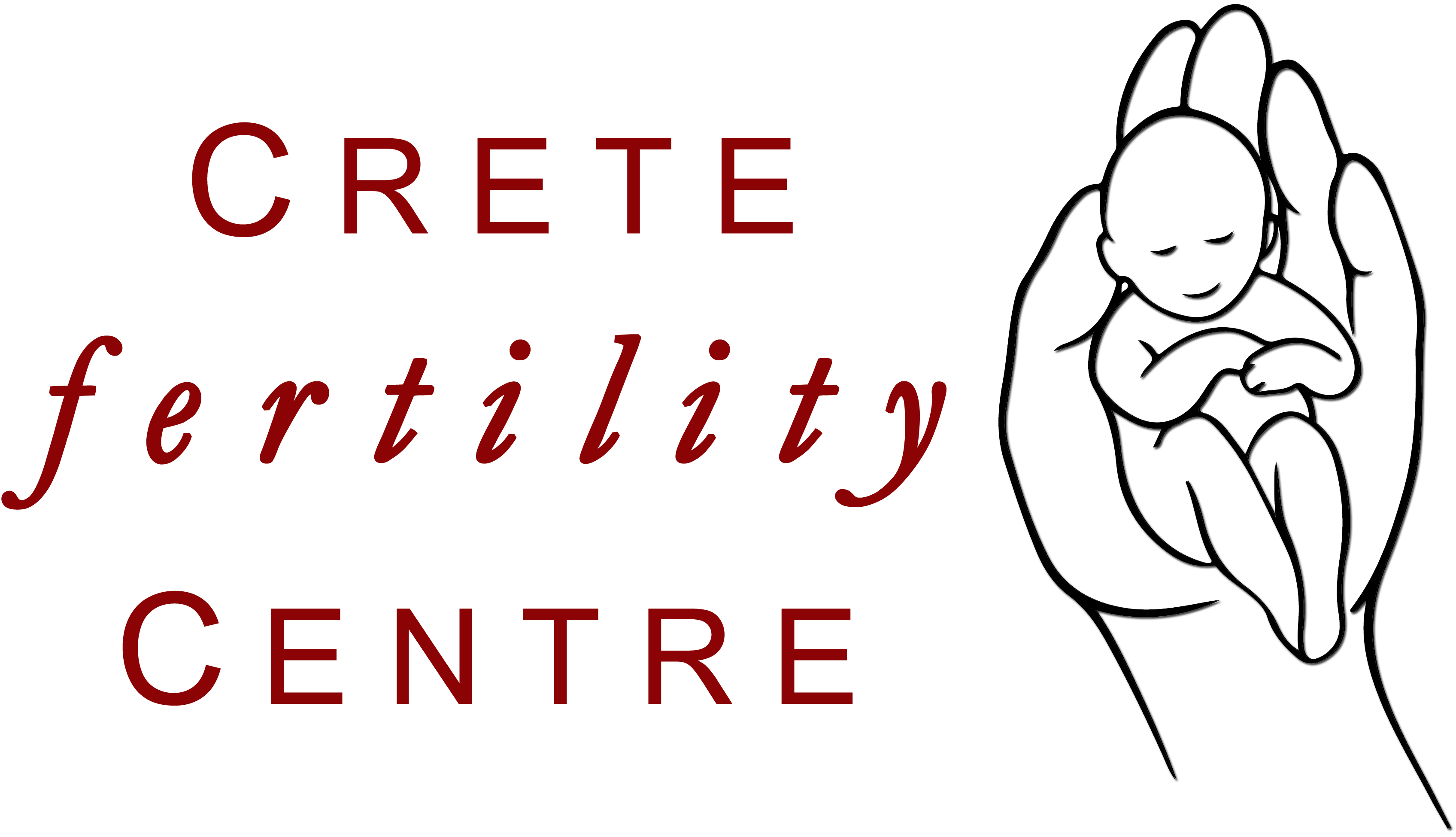Ovarian Rejuvenation
Turn back the fertility clock for women who have experienced early menopause.
Crete Fertility Centre is one of the clinics that pioneered in the field of PRP treatment the last four and a half years. Dr Matthew Fraidakis is the scientist responsible with experience of 35 years in the field of infertility.
Dr. Fraidakis has a vast experience in the field of PRP and he has effectively treated more than 3200 women globally using the PRP treatment with excellent results.
According to our latest data, the success rates of PRP reach over 85% and according to our data so far, the pregnancy rates that we have achieved after PRP are 48%, of which 26% was achieved with natural conception.
Both PRP techniques, transvaginal ultrasound and laparoscopy, can be carried out in our clinic. The success rates of both techniques coincide.
Our experience in the field of fertility has been evident by the study that we have done and it has already been published with data from 2017 – 2018 and it is the most extensive study in the world as far as the number of the patients are concerned. In a short while, our new study with a sample of about 500 patients will be published which will prove our new data which is even more encouraging and exceptional.
Currently, the advanced Enriched PRP (EnPRP) method has been performed in our clinic by direct injection of proteins and growth factors into the ovaries after special treatment and centrifugation of platelets.
The results are more than satisfactory. In the months to come, we will be able to publish our new studies after using the Enriched PRP (EnPRP) treatment. But, the results have already been coruscating.
It is needed to be pinpointed that in our clinic, there has been no complication in any case that was treated. This provides proof of our experience in this field.
How ovarian rejuvenation works
Stem Cells can, under the proper biological stimulus, morph into any type of cell in the human body, including eggs. The presence of Stem Cells in the ovaries and their transformation into mature oocytes (egg cells) has been demonstrated in mice by Harvard researchers. Stem Cells have also been shown to be present in the human ovary, so it is quite possible that they can be transformed into eggs by Growth Factors contained in the individuals’ own white blood cells and platelets which have been injected into the ovary.
Injections of Growth Factors, when used for many other types of medical treatments, are made from a patient’s own blood and blood cells and is called PRP (Platelet Rich Plasma) or PDGF (Platelet Derived Growth Factors)
Therapy.
What are growth factors, how do they work and are they safe?
Growth Factors are produced naturally by certain blood cells (platelets and white blood cells) when the body is injured, in order to naturally repair the body’s tissues. Remember in your childhood, “skinning” your knee and seeing a thick yellow substance form over the injured area? That was actually a combination of platelets, white blood cells, blood clotting and growth factors that stop the bleeding, prevent infection, and eventually cause the formation of new skin, blood vessels, connective tissues and nerves to replace those which were lost as a result of the injury.
PRP injections have been used clinically for many years by physicians for the treatment of soft and connective tissue injuries, as well as in bone grafts. Many professional athletes use this therapy to accelerate the healing of their sports related injuries. PRP’s are also used in burn patients to help skin grafts to non-surgical facelifts. Of course there are research studies that both confirm and deny the efficacy of PRP therapy in its many and varied medical uses. One thing about PRP therapy that has not been challenged is its safety. Since it is made from a person’s own blood, there can be no transmission of blood borne viruses such as Hepatitis or HIV, as has been reported with use of products made from the blood of other individuals. Moreover, since there are no synthetic chemicals involved and PRP therapy is made from the patients’ own blood products; the possibility of an allergic reaction is extremely unlikely.
How is the ovarian rejuvenation procedure performed?
The process of ovarian rejuvenation involves two steps. The first is the preparation of your PRP. This begins with at the insertion of a needle into your vein in order to obtain several tubes of your blood. Your white blood cells and platelets are separated from the red blood cells and serum by a procedure called centrifugation. The preparation of your PRP takes less than one hour. The next part of the ovarian rejuvenation process is the injection of the PRP into the ovaries. The major difference in our study and the technique described in the referenced case study is that we use a non-surgical approach to the ovarian injections. The technique that we have developed to inject the cells into the ovaries is a nonsurgical, transvaginal ultrasound- guided injection performed under sedation with an anesthetic agent called Propofol. This is basically the same as the procedure that is used for an egg retrieval in the In Vitro Fertilization. In our experience, our approach is less invasive, safer, and has a shorter, more comfortable recovery. We have performed thousands of IVF egg retrieval procedures in the last 25 years, which, in our experience, has a well-established safety record, with an extremely low complication rate.
What are the potential risks and benefits of the procedure?
The benefit of this procedure is the possibility of achieving pregnancy with one’s own eggs, which had not been possible prior to this procedure. Since this is an innovative medical treatment, it must be understood that there is no guarantee, stated or implied, that pregnancy, either naturally, or as a result of any subsequent fertility procedure, will occur. The risks of this procedure are minimal, and are basically the same as those for an egg retrieval procedure, which is part of the In Vitro Fertilization process. The possible side effects are pain after the procedure, which usually resolves in 1-2 hours with pain medication, fever or internal bleeding.
Although complications are rare, they may possibly result in hospitalization.
Who are candidates for this procedure?
Any woman who is in good physical health and falls into one or more of the four patient categories:
- Menopausal or perimenopausal women under the age of 50 years.
- Infertile women, over the age of 35 years, having low egg reserve and low AntiMullerian Hormone levels.
- Women under the age of 35 years, who have low egg reserve and low AntiMullerian Hormone levels.
- Women with premature ovarian failure (POF).
How is the ovarian regeneration procedure performed?
In women who do not get periods, the procedure can be performed at any time. In women who do get periods, either regularly or irregularly, the procedure is best performed during the menstrual period or early in the cycle, prior to the development of an egg follicle. The procedure can be performed as early as the day of the initial evaluation.
In order to monitor if the procedure has regenerated new eggs in your ovaries, AMH (antiMullerian hormone), FSH,LH and Estradiol levels are measured at monthly intervals in women who do not menstruate, and during the menstrual flow in menstruating women for a period of six months. If the AMH levels rise, while the FSH,LH, and estradiol levels become lower, there is objective evidence of ovarian rejuvenation is demonstrated.
Even if ovarian rejuvenation is observed, pregnancy may not necessarily occur, since there may be other factors that could interfere with natural conception.
“The researchers need to do some more work to make sure that the resulting eggs are OK,” says Adam Balen at a British Fertility Centre. PRP has also positive effect to women who seek fertility treatment which have an uterus that embryos find difficult to attach to – whether due to cysts, scarring from miscarriages or having a thin uterine lining.
The result reported in this study needs to carry out randomised trials for further investigation. It gives hope that ovarian rejuvenation will prove to be a therapeutic option for women who have age related infertility. The treatment uses the patient’s own blood cells, so there are no foreign blood products or synthetic drugs injected, which could provoke allergic reactions or other side effects.
Results & Testimonials
“The rejuvenation of ovarian function is now routinely performed at Crete Fertility Centre with good patient feedback and success.
This has encouraged us to prepare to offer injections for other indications as vaginal atrophy, gynecological aesthetic treatment, to the vagina and labia as well as some types of urinary incontinence. It appears that regenerates healthy vaginal tissue. Reports from USA experts describe enhanced sensitivity of the genitalia leading to a more enjoyable and emotional sexual experience.
This additional treatment approach is already available in Crete Fertility Centre.”
Dr Matthaios Fraidakis





